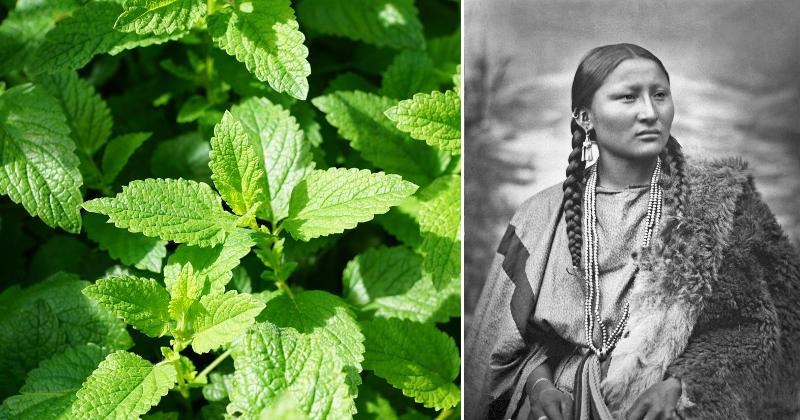Welcome to the wisdom of the Native Americans! The Cherokee Indians believe that the Creator has given them medicinal herbs for natural healing. As such, their medicine is found solely in nature. In fact, these 10 medicinal plants have a long history of common use with Native Americans. But the Cherokee people in particular–as discussed below–used these plants to promote different forms of healing.
10 Medicinal Plants of the Native Americans
1. Blackberry
Yum! Blackberries are nutritious and delicious! This plump berry cluster has been long-known by the Cherokee Indians to calm an upset stomach, among other things. Blackberry tea can be used to reduce swelling in the joints, while chewing on blackberry leaves can soothe sore gums. And the root offers benefits, too. Blackberry root mixed with honey or maple syrup makes an all-natural cough syrup. Also, blackberries are full of antioxidants that promote heart health and boost the immune system.
2. Buckbrush
The roots of this plant have been used used by Cherokee Indians to improve kidney function and reduce inflammation. Researchers still believe today that this herb is a great natural treatment for high blood pressure. To make a tea, simply steep the leaves and flowers in boiling water for about five minutes, then drink.
3. Cattail
Have you ever seen cattail? It is hard to miss rising out of ponds and streams, and lining the shallow edges of lakes. This fuzzy plant has been used as a preventative medicine, rather than a healing plant. The cattail was eaten because it is easily digestible, and the Cherokees believed it would help to prevent illness or assist in recovery. The soft seeds also made a nice pillow!
4. Mint
In this case, mint is made into tea and used to soothe digestion problems and an upset stomach. The Cherokee crush and bruise the leaves to use as a cold compress for pain or itching. Mint is also used as a remedy to help with nausea, fatigue and allergies. Peppermint essential oil also has some amazing benefits. Just the smell will lift up your spirits!
5. Greenbriar
The roots of this herb are high in starch and minerals, while the leaves provide vitamins and supplemental minerals. The Cherokees have used greenbriar as a blood purifier and a mild diuretic to treat urinary infections. But the entire plant is useful. The leaves and bark, when made into an ointment, helps with minor sores and burns. Native Americans also ate the berries raw or made them into jam.
6. Wild Ginger
Of all the medicinal plants here, ginger is probably no surprise. A tea made from the root of wild ginger is meant to stimulate better digestion. Ginger helps with intestinal gas and an upset stomach. Ask any expecting mother, and she’ll tell you. Native Americans also used crushed, steeped stems of wild ginger as a form of relief from earaches.
7. Yarrow
Yarrow has historically been used to treat external wounds on the skin. Fresh, crushed leaves, when applied to open wounds, may stop excess bleeding and prevent infections. The leaves can also be used to make a tea in order to promote proper digestion and help with kidney or gallbladder issues. Yarrow essential oil extracted from the herb boasts several added benefits.
8. Wild Rose
The fruit of a rose is known as a rose hip. They are packed with Vitamin C to boost the immune system, and the Cherokee have used them to make a tea in order to stimulate the bladder and kidney function. They also work great as a natural cold and flu remedy.
9. Yellow Dock
The Cherokee Indians have historically used this herb in cooking, as it boasts vitamins and minerals from its long roots that form deep underground. But it has other uses, too. For one, the leaves of yellow dock contain iron, and Native Americans used it as a laxative. Also, the crushed roots mixed with warm water provides antiseptic properties.
10. Sumac
Yep, there is a non-poisonous sumac, and the Native Americans found it beneficial. For example, sumac has antioxidants that promote healing. The berries, while rich in Vitamin C, make a delicious drink, and tea made from sumac leaves can reduce fevers. Crushed sumac leaves can even be made into an ointment to provide relief from a skin rash. Well, in Nature you will often find the antidote growing close to the poison, so it should be no surprise that you can use sumac for a skin rash!


